It starts May 12, and ends Oct 17. Let's see what you got!
https://polycount.com/discussion/237047/the-brawl²-tournament
Best Of
Re: AI Art, Good or Bad? A (hopefully) nuanced take on the subject.
Two years after this thread was originally starated here is where we are now : "Instagram artists" scamming museums with their tracing-to-canvas-and-color-matching-within-the-lines of Midjourney slop.
This being unnoticed by a whole team of museum employees goes to show that people outside of the tech world are so incredibly uneducated on these topics. I suppose the silver lining is that at some point it's going to become so very obvious, since everyone can learn how to trace and color from reference in about a weekend.
 pior
pior
[WIP] - Game Ready Stylized 3D Character
I am working on a game ready stylized character for my portfolio, I am almost done with the highpoly of the character (both ZBrush viewport capture and EEVEE test render are shared). The concept art is by Márcio Vieira. After completing the highpoly I plan to start creating the lowpoly (aiming for around 30k tris), and then texture in substance painter (my goal is 4 texture sets at max with 2048 resolution).
I also plan to model her little robot companion. I haven't really figured out how to make pockets with depth which can also be baked cleanly and are game ready.
I aim to have a optimized character with a nice presentation that would be a decent piece that showcases my skills for my portfolio. Any and all feedback is welcome!
Concept Art

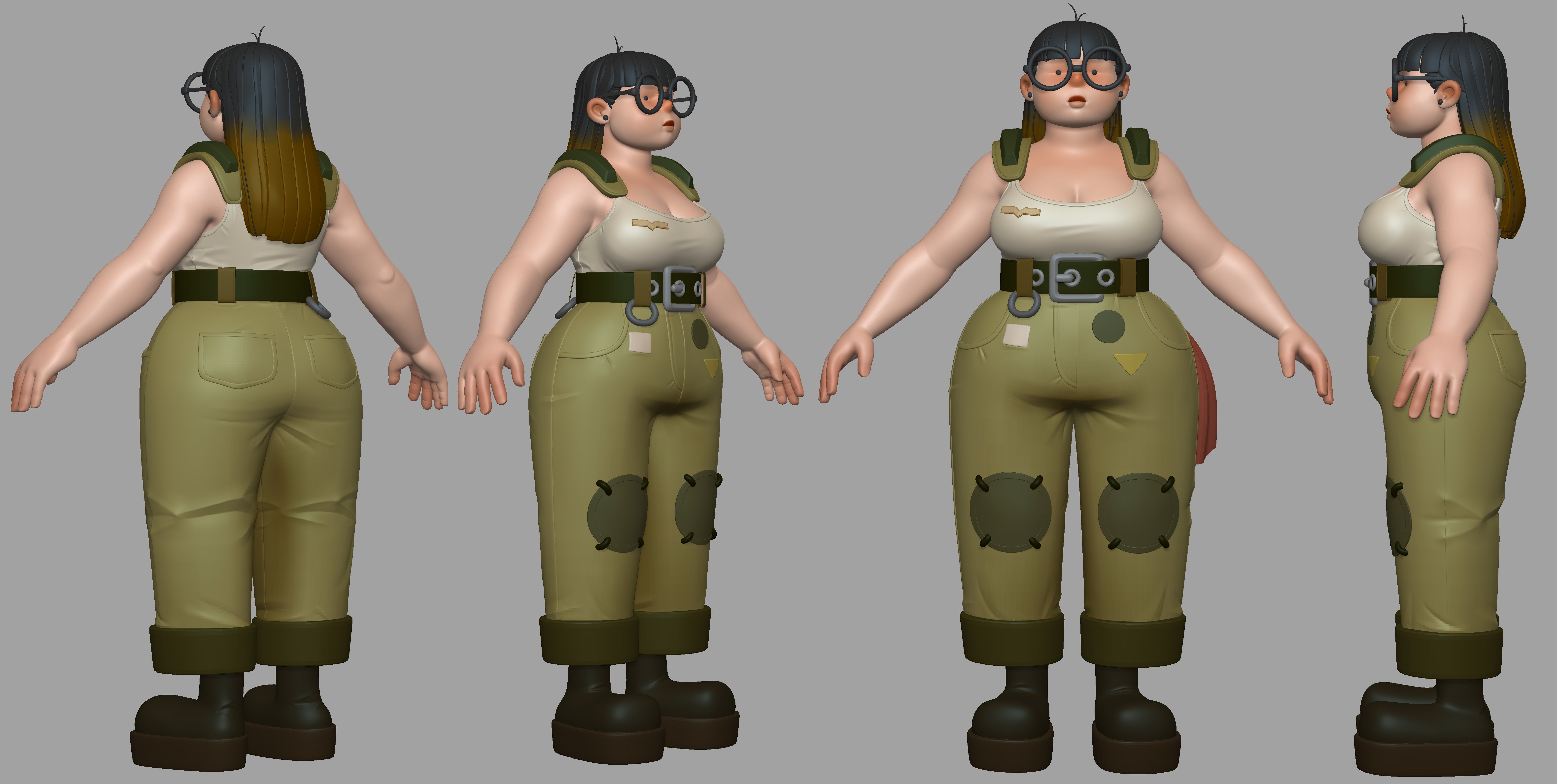

 egeguncu
egeguncu
Re: The Bi-Monthly Environment Art Challenge | November - December (99)
Not done yet, BUT I made some good progress for the past two days. I fixed some stuff with the bake and have been mostly just texturing.
My goal for this pass is just to get all the parts organized and with some sort of texture on them. I've done about 4 hours of texture work on this from last time. Here is my progress so far:

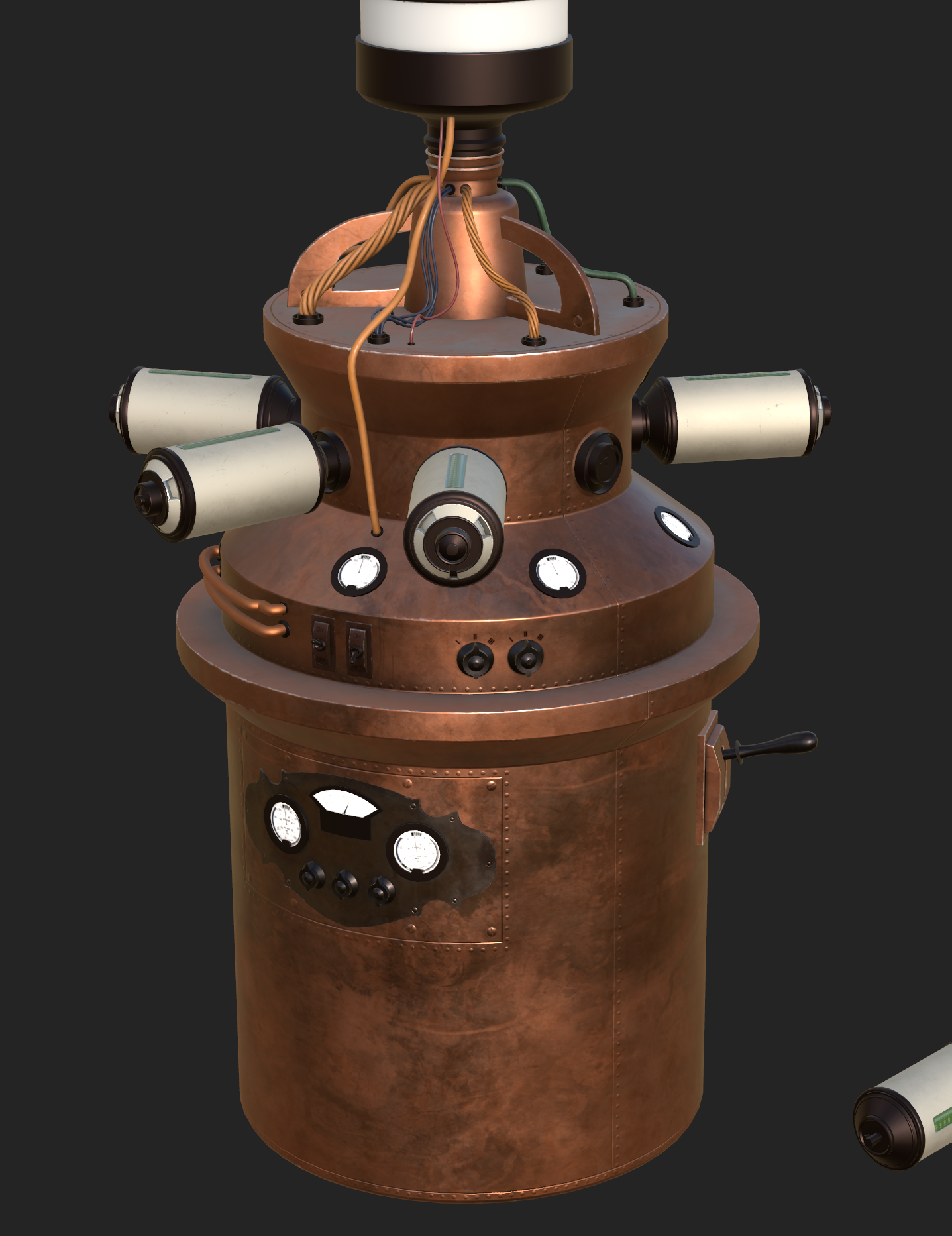
Added decals for gauges, ON/OFF buttons and decals for canisters. Added materials to most things including wires and a lot of secondary geometry.
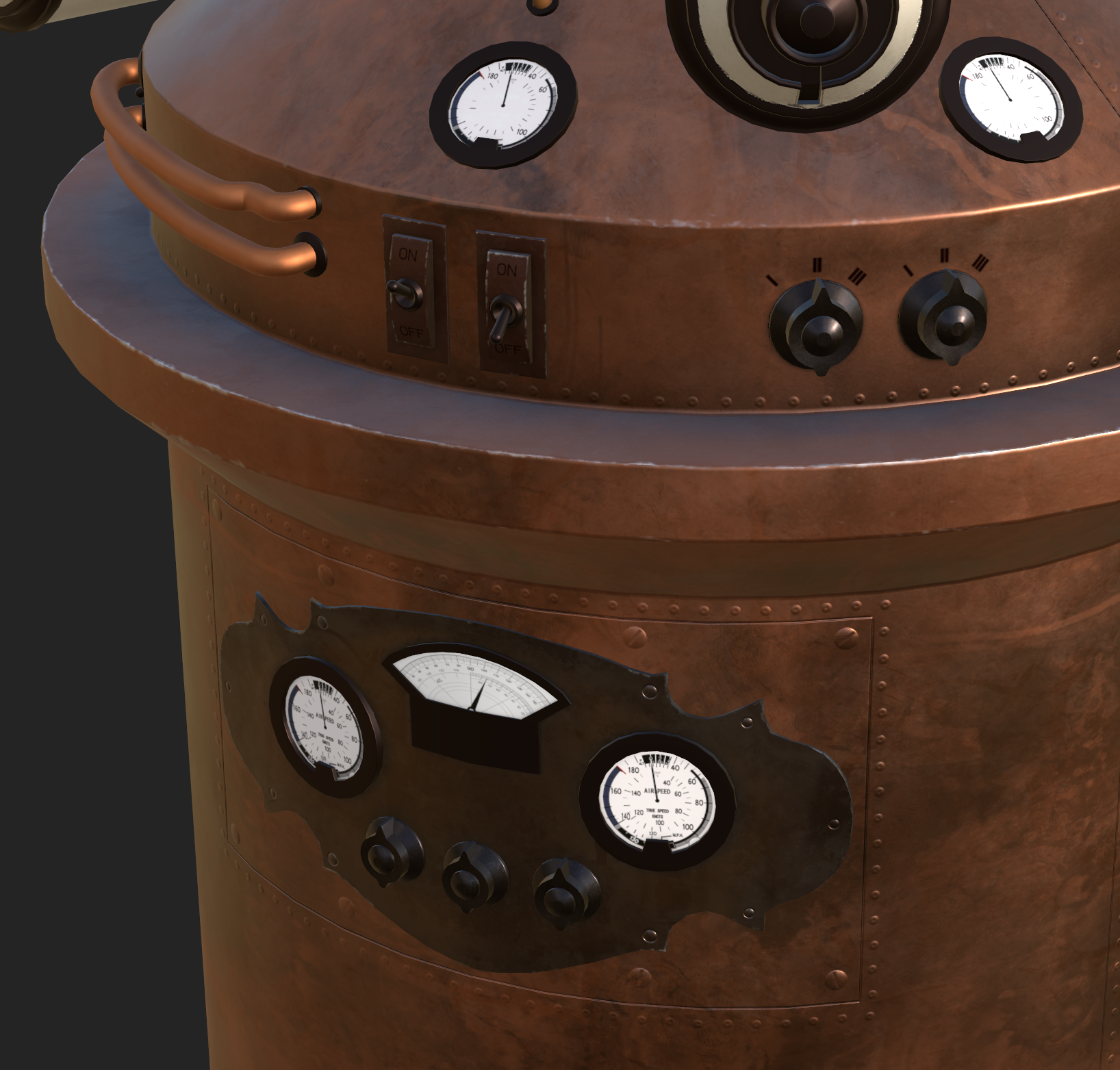
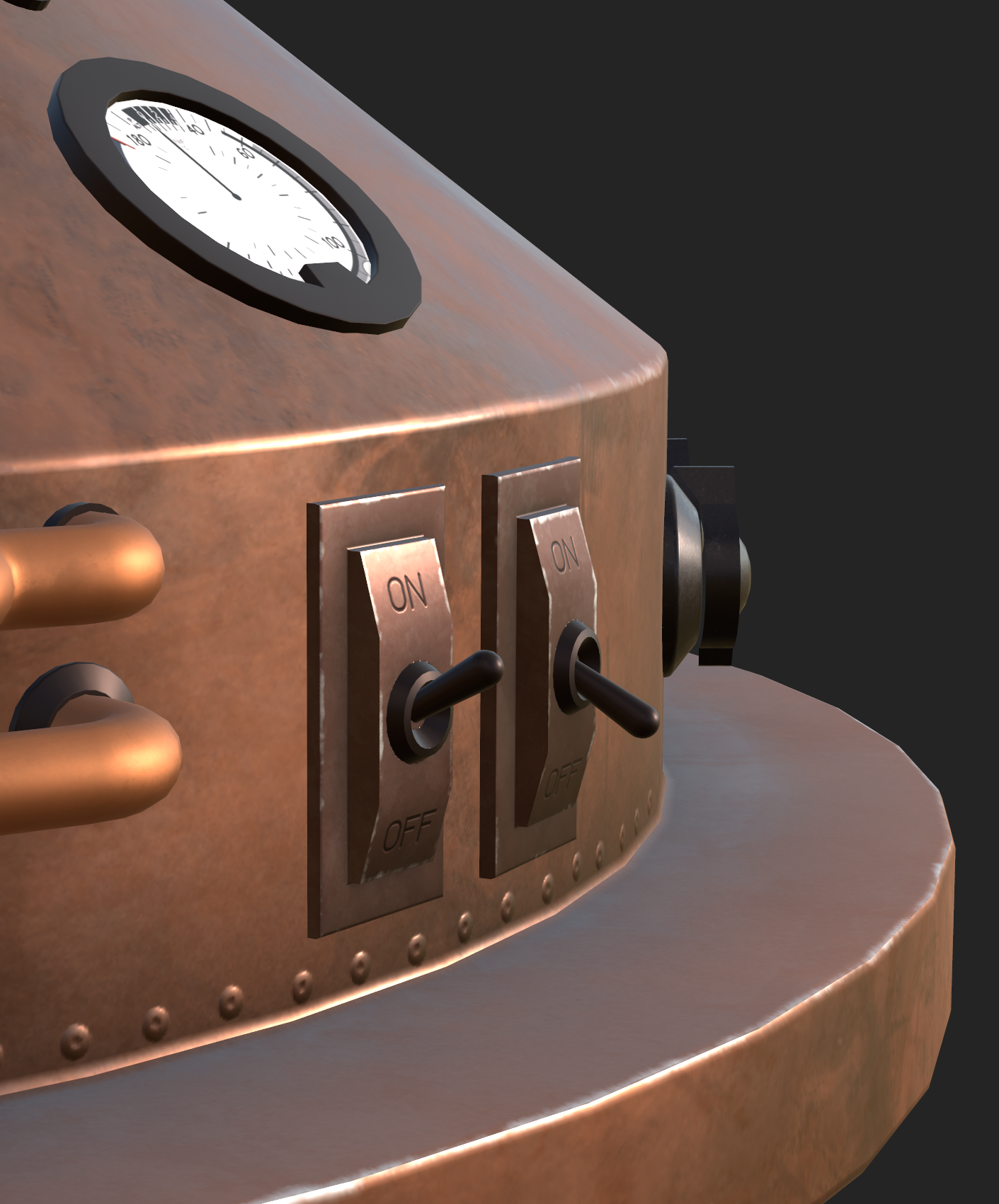
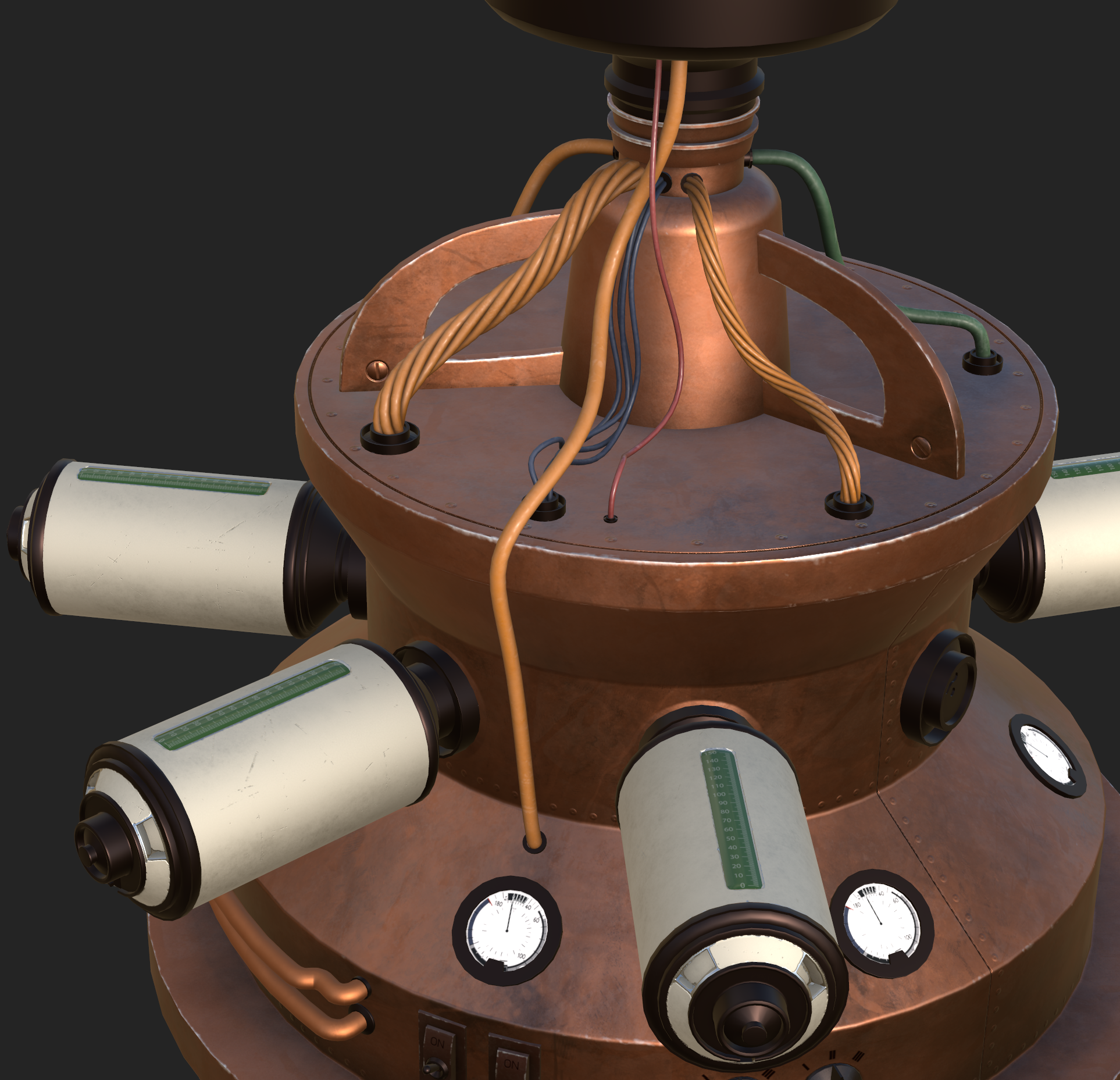
Any feedback is much appreciated! I'll still be working on it this weekend and hopefully finish by Sunday. I have other projects needing my attention, but couldn't leave this like this!!
Next thing I gotta figure out is how to do see-through glass in Substance...

 fairlyBread
fairlyBread
Re: [WIP] - Game Ready Stylized 3D Character
The crease between the neck and jawline is a bit too crisp I think, where it approaches the ear you could soften it considerably. Right now it makes it look almost like her head is a separate mesh.
Her arms could use more fat, less muscle definition. In the concept notice the flow of the shapes from shoulder through elbow to wrist, it's very soft, and how she really doesn't have wrists.
The crotch looks a bit like a shelf, rather than a clothing crease. Could use some clothing reference to help with this. It's especially noticeable because with the lighting this is the part of the model with the most focal contrast, so it tends to draw the eye.
Why would the pockets have depth? With a cartoony character, to put a hand in a pocket you could just sink the hand into the body just above the pocket.
Her eyes could use a bit more finesse to suggest eyelids I think.
 Eric Chadwick
Eric Chadwick
Re: Sketchbook: Zetheros



Have a great week!
 zetheros
zetheros
Re: The Bi-Monthly Environment Art Challenge | November - December (99)
Hi guys! Lovely to see everyone having fun with this challenge.
TW: TRYPOPHOBIA
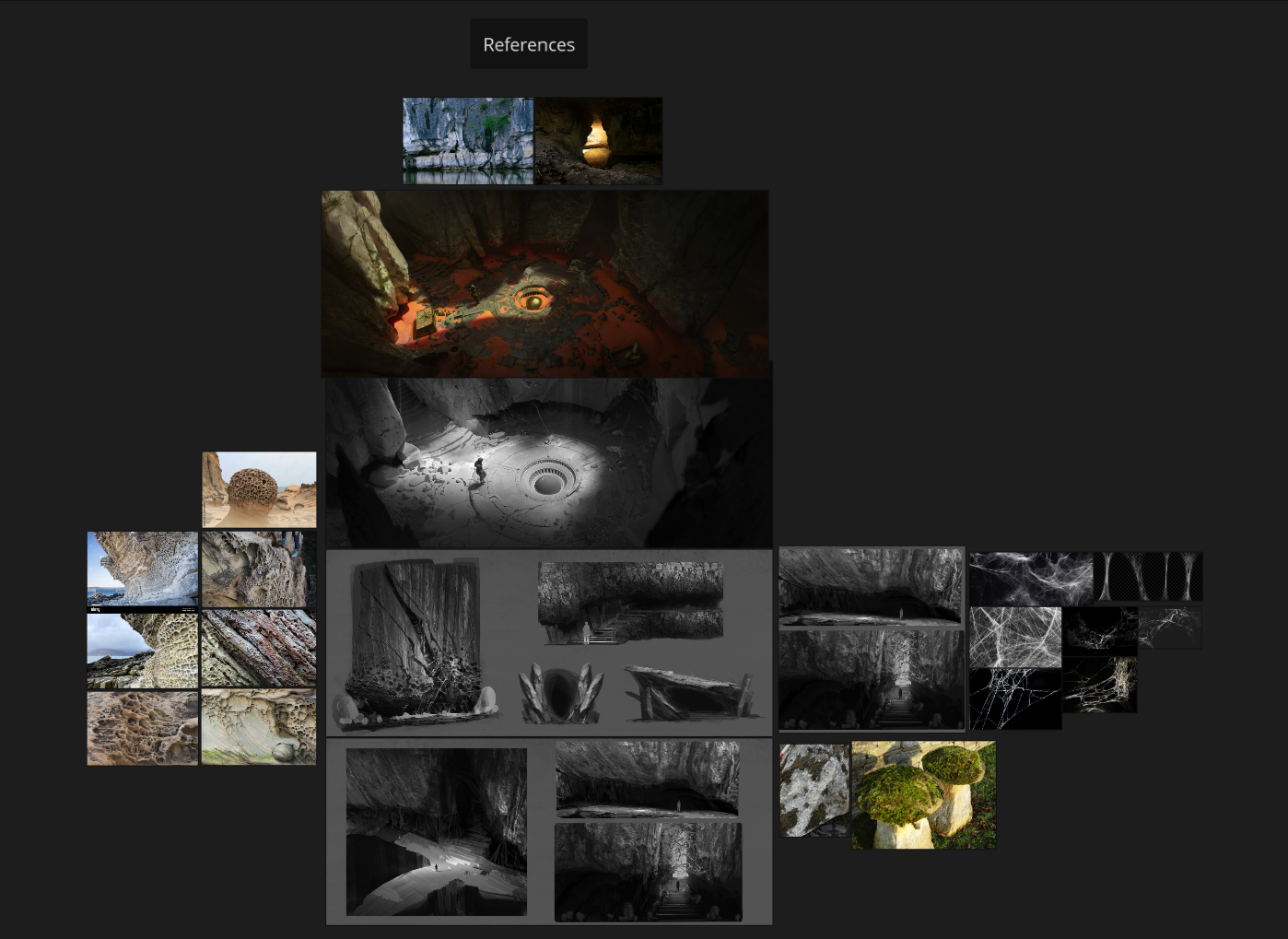
I attempted to recreate artist Jose Vega’s Dungeon Stage concept in Unreal Engine. His ideation process is fascinating and the featured artwork has so many interesting elements that ended up giving me serious scope creep haha.

For this project, my focuses were material blending, lighting, and set dressing. I did very minimal modeling and utilized mostly third-party props. Would have loved to make more of them myself, but can't deny the fun I had scattering these versatile assets around. At one point I hallucinated physics and had a fully intact skeleton propped against the rocks.
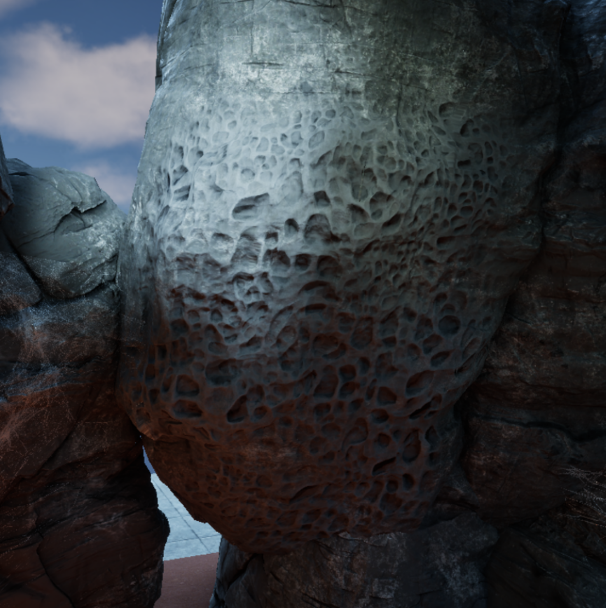
I tried to break repetition through scale, rotation, and placement to match organic variation in the concept. The honeycomb rock material was made in Substance Sampler, duplicated with adjusted tiling values, then blended back into the original using mesh painting. Spiderweb and rock crack decals were added to reinforce wear and narrative detail.
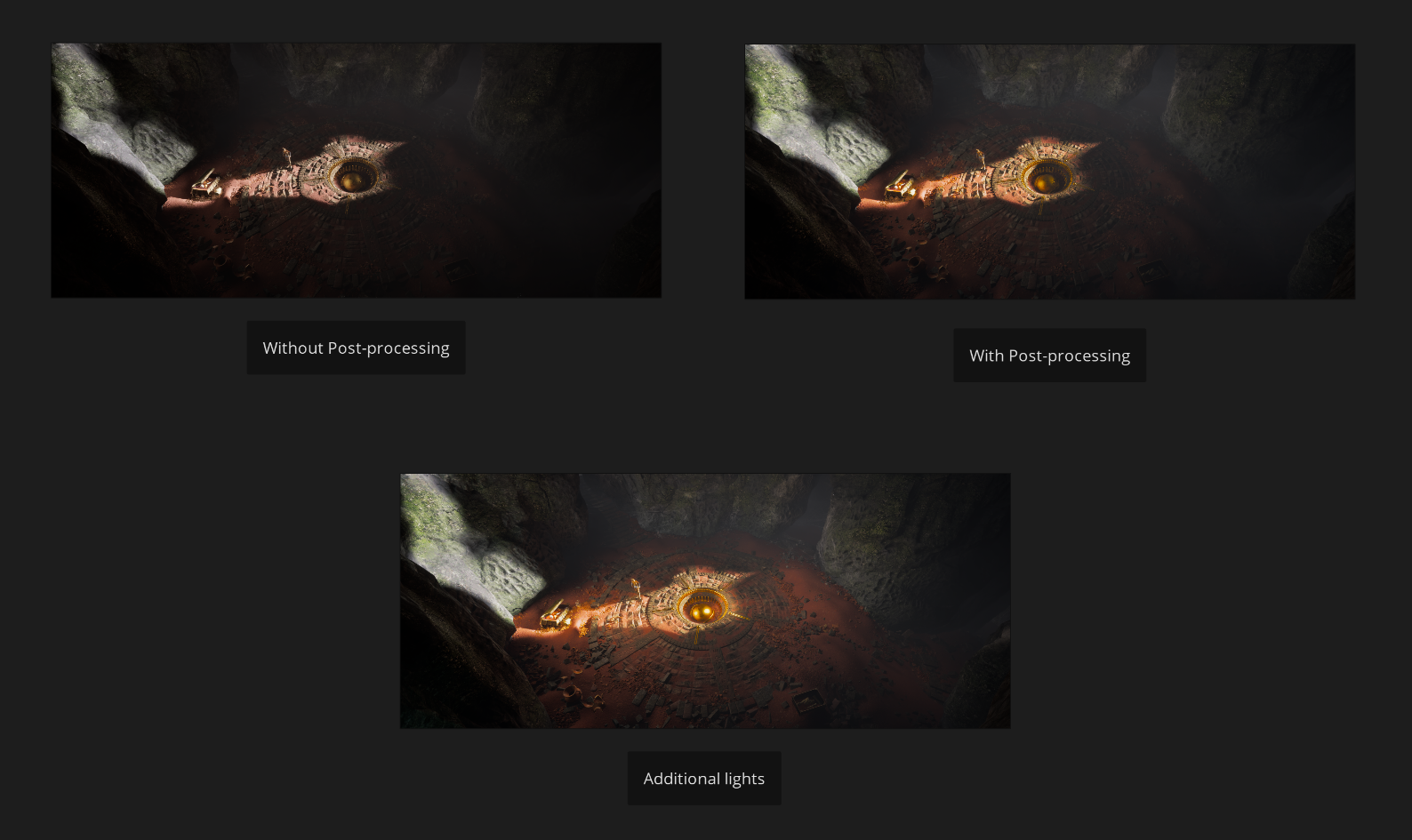
I really like how readable the original scene is and even though there were some deviations early on, the final composition is relatively faithful to Jose’s concept. Lighting however isn’t super realistic as I used spotlights for softer transitions and for focal guidance, but I’m quite happy with it for now. I would love some feedback and advice on this area as I find lighting challenging but incredibly fulfilling.
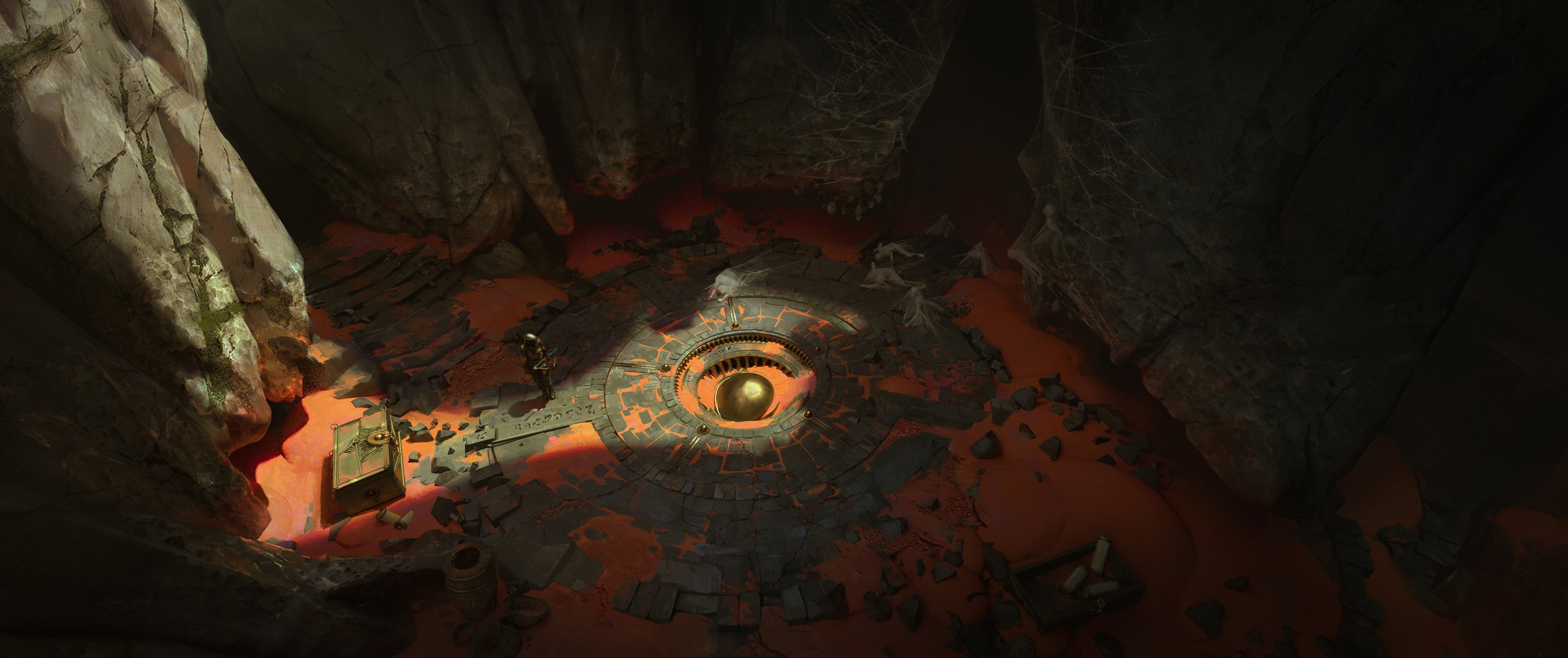
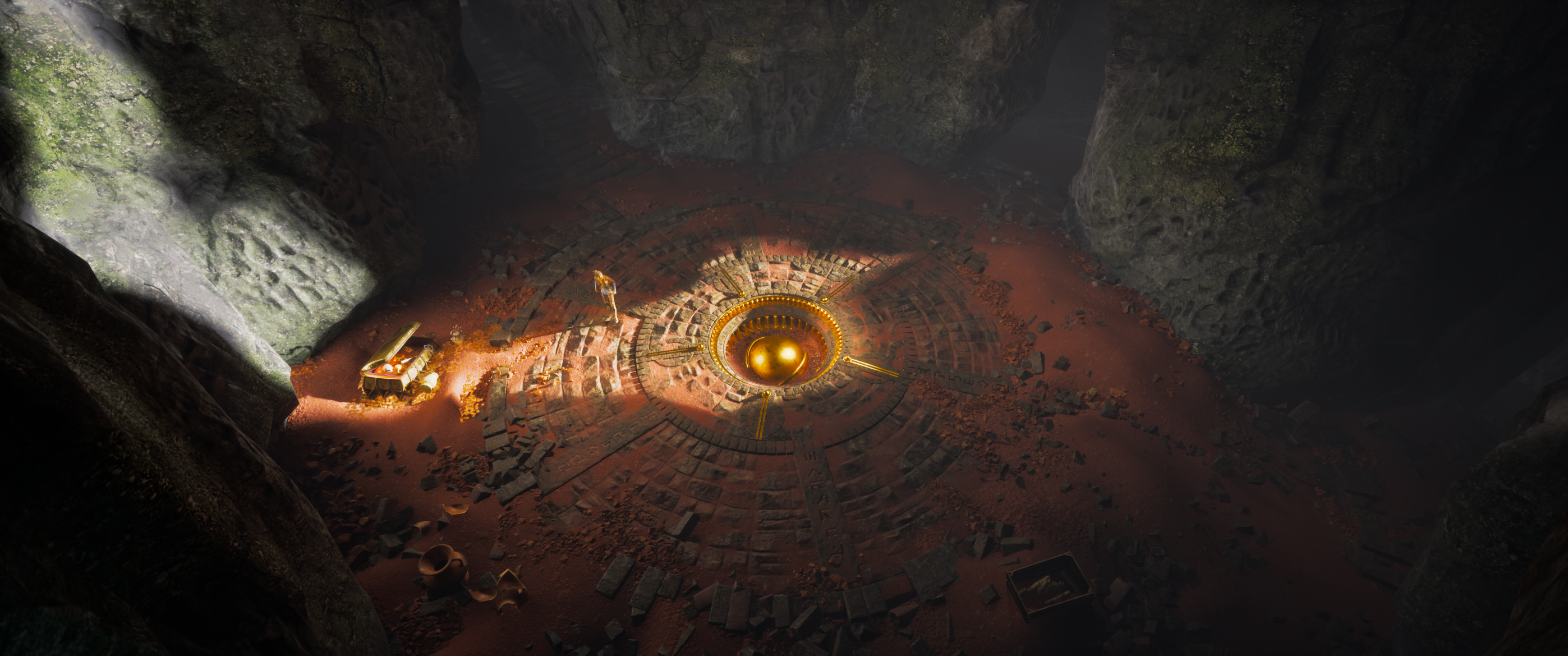
Here's the final render. Hope you like it!
This is my first completed project in Unreal Engine. Even though my focus is on another assignment right now, I’d 100% like to revisit this environment and refine it further. Any critique is welcome!
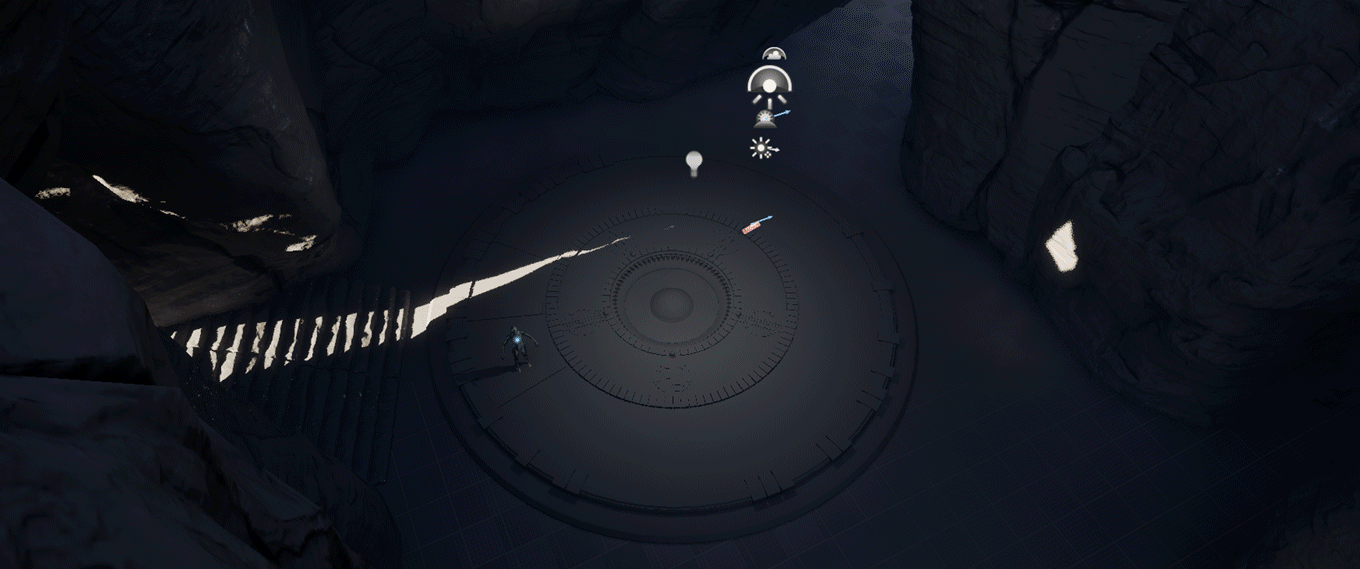
Featured Asset Packs:
Valley of the Ancient
Dark Ruins Megascans Sample
Ancient Treasures
Dungeon Environment
Re: AI Art, Good or Bad? A (hopefully) nuanced take on the subject.
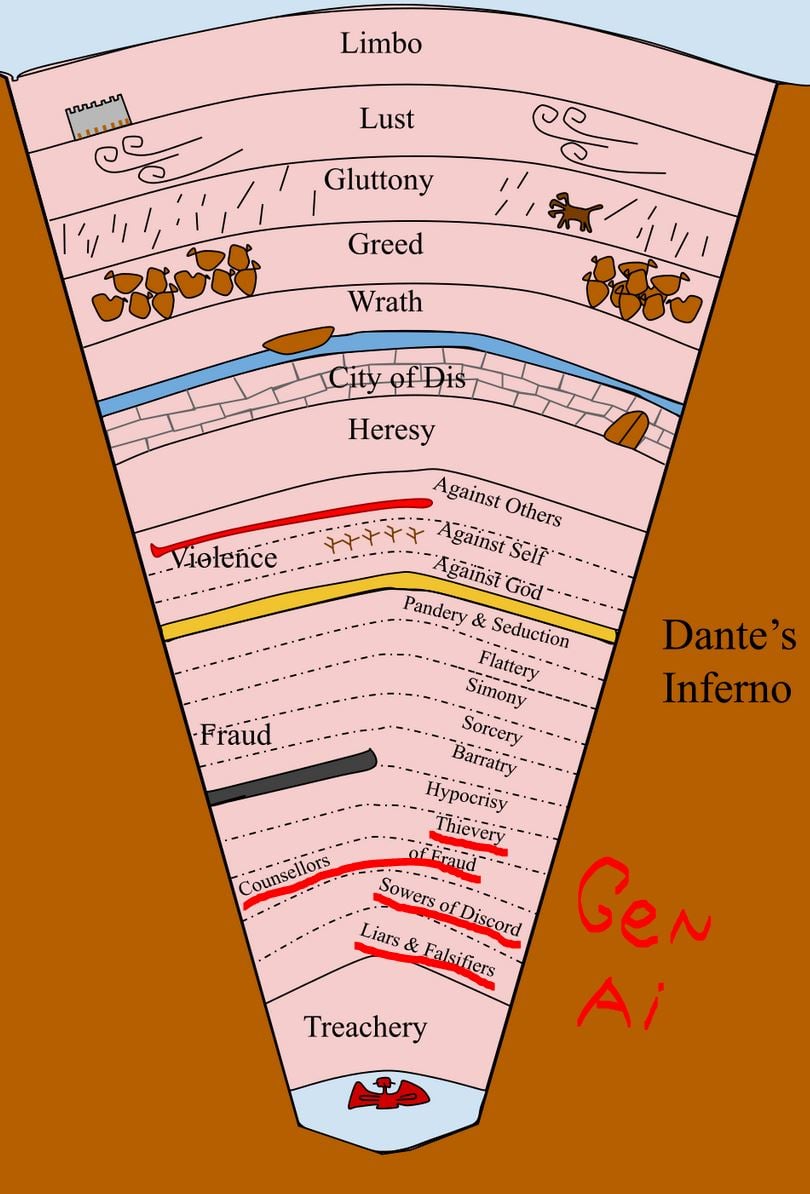
 zetheros
zetheros
Re: [WIP] Cyberpunk 2077 inspired Game Environment, Third-Year Uni Project


I also modeled the computer station, I used a third-party asset of a keyboard though from sketchfab (https://skfb.ly/o9SRJ) maybe I'll go back and model my own keyboard but i wasn't in the mood at the time. I was given these reference images which were retro-futuristic.




Next was the desk chair. My art director liked the look of this one so thats what i went with. My final model is quite highpoly with some funky geometry going on. I'm experimenting with a midpoly workflow so im not too worried by tricount but i might go back and fix that funny geometry.



I also modeled a medical locker, nothing fancy.



one of the props in the clone room is an overhead crane that theoretically moves the clone around or something like that. I have yet to make it modular so it can fit in any size room but here it is so far.




 MaraRA
MaraRA
Re: What Are You Working On? (3D) 2025
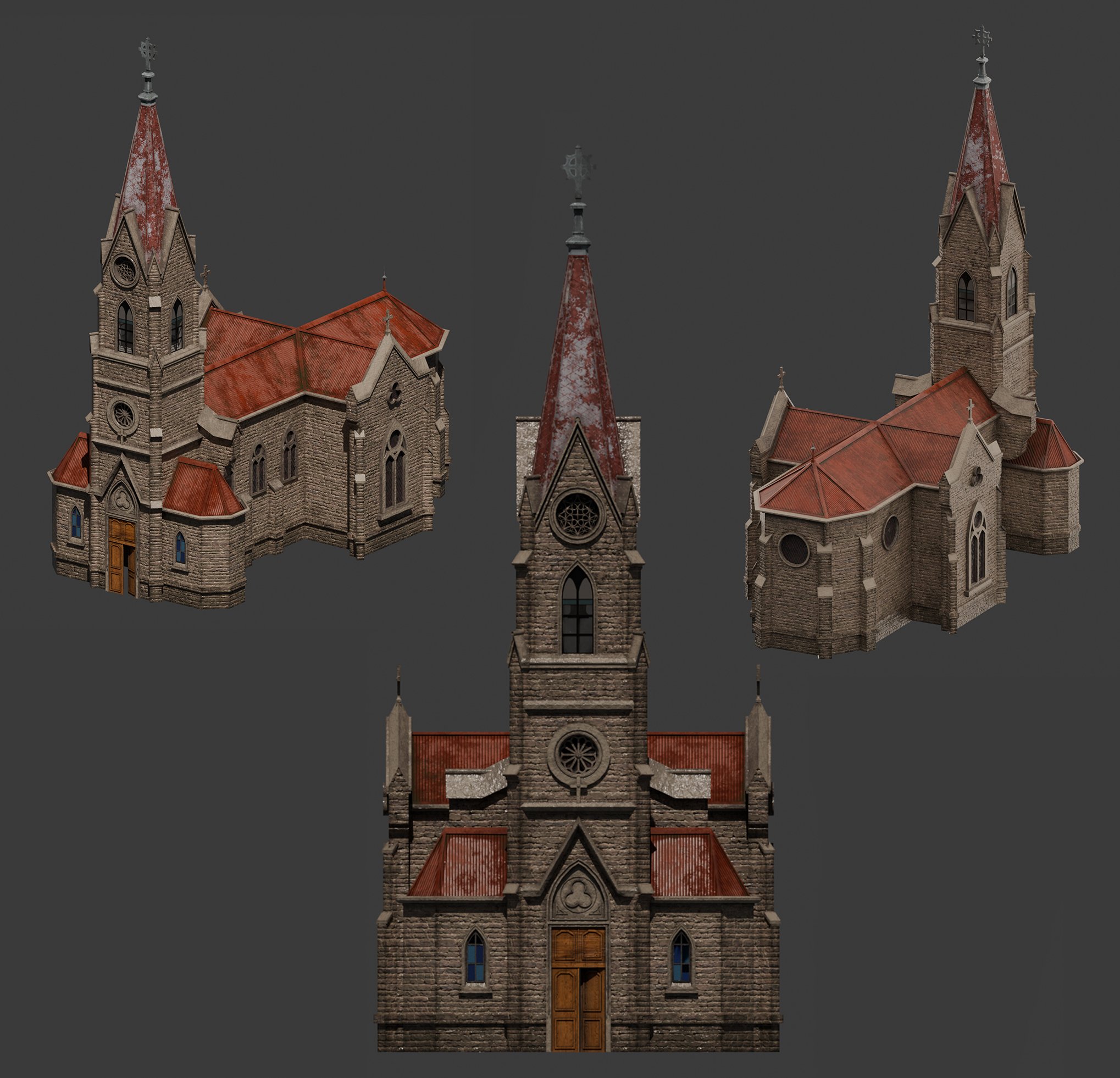 Hi! First time posting here. I made a church for a game asset and posted the process on my Art Station ArtStation - Recreating a 20th-Century Church as a Game-Ready Asset
Hi! First time posting here. I made a church for a game asset and posted the process on my Art Station ArtStation - Recreating a 20th-Century Church as a Game-Ready AssetRe: Stylized Stubby Flintlock Pistol (WIP)
As it turns out, I stuck with the colours and pushed it further.
Next I plan to do some rough ref-sketches of different view angles and details, to provide guidance for the 3D and animation workflow.
Though, since this project will remain in the concept phase for now, I was wondering whether I should start a thread in the 2D section?
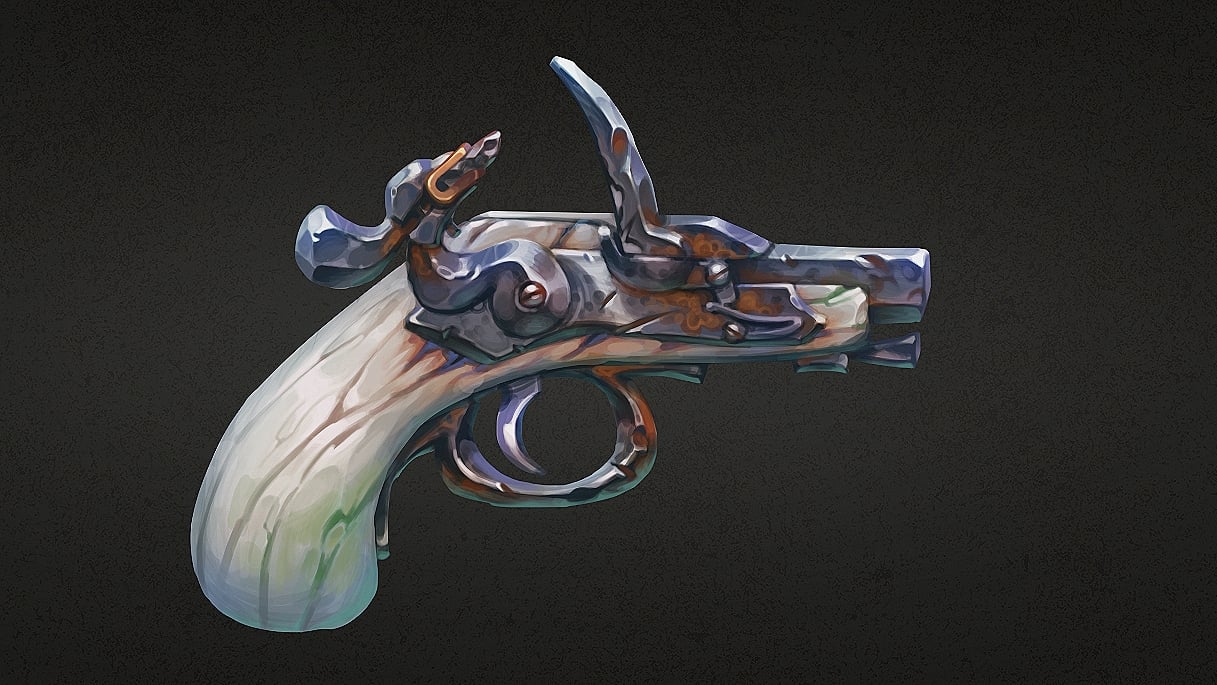
 domfiglhuber
domfiglhuber